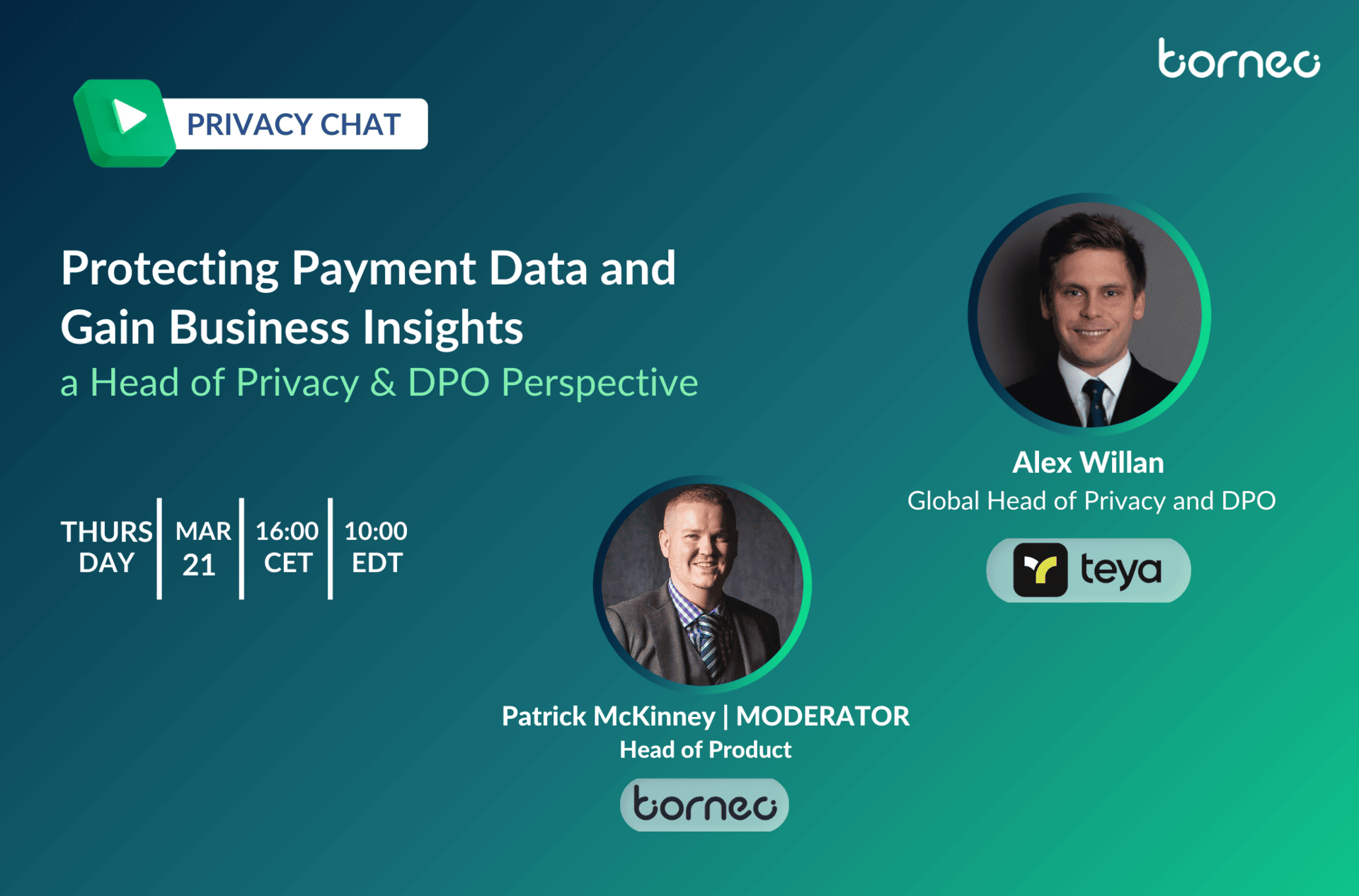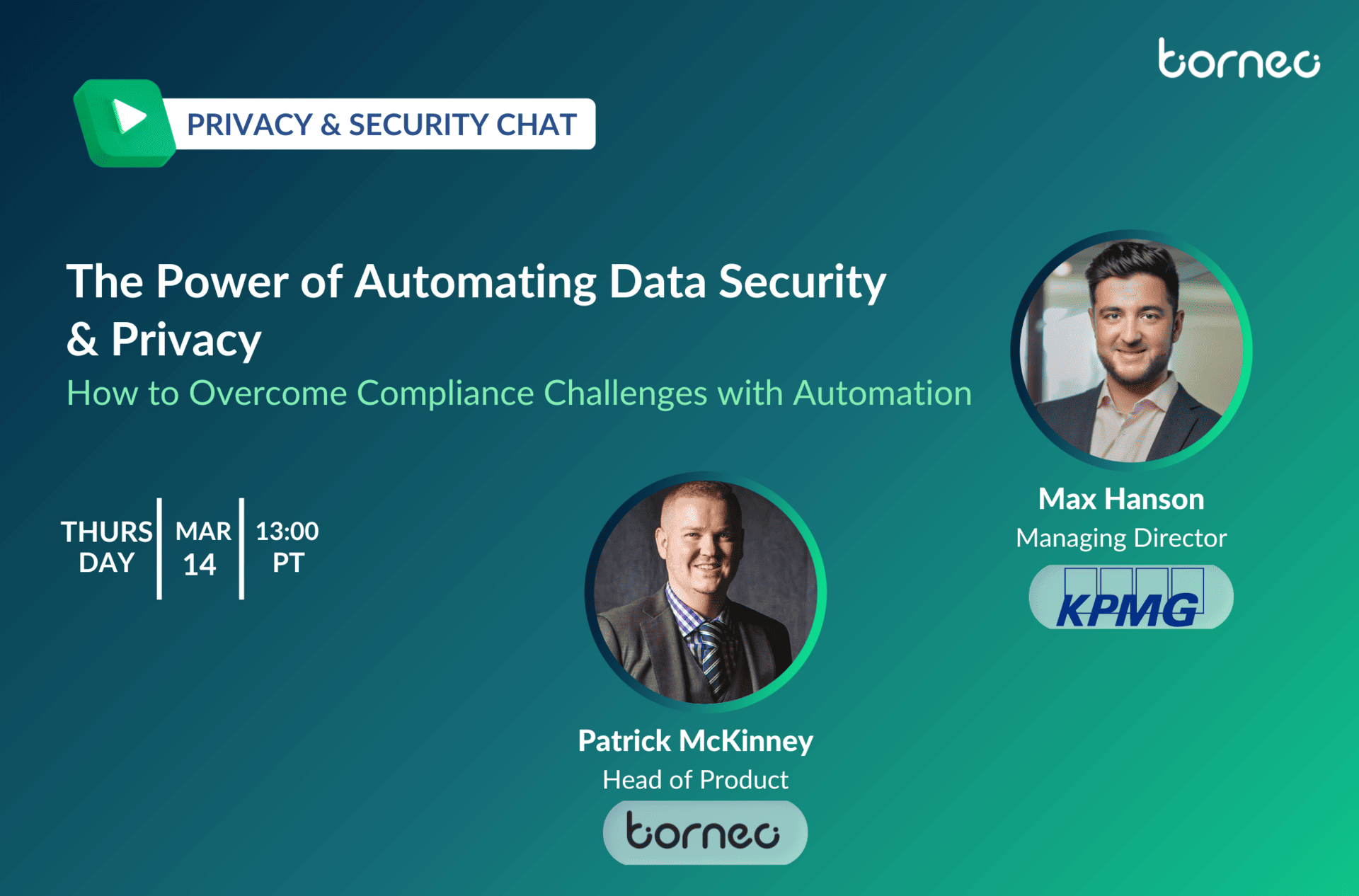In this constantly changing world of digital data, there is this hidden information known as “shadow data” that frequently eludes the data protection efforts of companies. Shadow data is unmonitored and unmanaged data that hides in the digital shadows, unlike its more noticeable counterpart, shadow IT, which refers to unapproved hardware or software within a company.
This blog will shed light on what shadow data is, its possible dangers, some examples, and the solution for uncovering shadow data and staying compliant.
What is Shadow Data?
Any data created, processed, and stored within an organization without being actively managed, monitored, or controlled by the IT or security teams.
Files, papers, spreadsheets, and even whole databases that staff members create and maintain independently can fall under this category. Unauthorized apps, collaboration tools, and personal cloud storage accounts are common sources of shadow data.
What are possible sources of Shadow Data?
⦿ Legacy Applications / Legacy Data:
After a project is finished or when data is migrated to a new application, the original files are often left dormant and unmonitored in their original storage location, making it shadow data.
⦿ Multiple Development Environments:
When building applications/platforms, most organizations have a copy of their data in different development environments for testing or analytical purposes. This data is often forgotten about or needs to be adequately secured.
⦿ Backup Data Stores:
As a contingency plan, organizations have one or more backup data stores that are less monitored or scanned, which means they are more likely to be exposed to security threats.
⦿ Improperly cataloged sensitive data:
Sometimes, when developers log sensitive/confidential data, it’s not classified as sensitive/confidential, leaving it vulnerable in public stores or lacking the proper security measures.
⦿ Personal Cloud Storage Accounts:
Employees often use cloud storage services like Dropbox, Google Drive, etc., to store work-related documents using their personal accounts. While convenient, this practice can result in the organization losing visibility and control over the stored data.
⦿ Unapproved Messaging Apps:
Employees may resort to using unapproved messaging applications for work-related communication. This can result in the exchange of sensitive information outside of the organization’s secure channels.
⦿ Unsanctioned Collaboration Tools:
Collaboration tools, such as Slack, can facilitate productivity but may lead to the creation of shadow data. If there are no specific processes in place for using these tools with data protection at the forefront, sensitive or critical information can be exposed to high data leak risks.
What are the Risks Associated with Shadow Data?
⦿ Data Privacy & Security Concerns:
If shadow data is not secured correctly, unauthorized individuals can easily access it, leading to data leaks.
⦿ Compliance Challenges:
Many organizations are subject to strict regulatory compliance requirements, such as GDPR, governing the handling and storage of sensitive data, and they may violate those regulations if they do not have adequate controls in place to manage shadow data.
⦿ Data Ownership and Management:
Organizations may lose ownership and control of sensitive, critical, or confidential data when workers handle data using personal accounts or apps. The absence of control may give rise to difficulties in the administration and governance of data, not to mention the inability to export accurate reports to demonstrate compliance.
Conclusion
In conclusion, as organizations continue to embrace digital transformation, it becomes imperative to understand what shadow data is and how to protect it from the associated risks. Organizations can regain control over their data and ensure a more secure and compliant digital environment by implementing data privacy and security policies, training employees, and leveraging advanced data protection tools, such as Borneo.
How Borneo can help
Borneo firmly believes that you can’t protect data you don’t know you manage, so we offer our clients complete visibility over all their data across the entire landscape. From semi-structured, structured, and unstructured data, including shadow data, you can gain accurate, real-time visibility over what data you manage, who has access to it, and where that data is stored to make better, more informed decisions about the best way to protect it.







